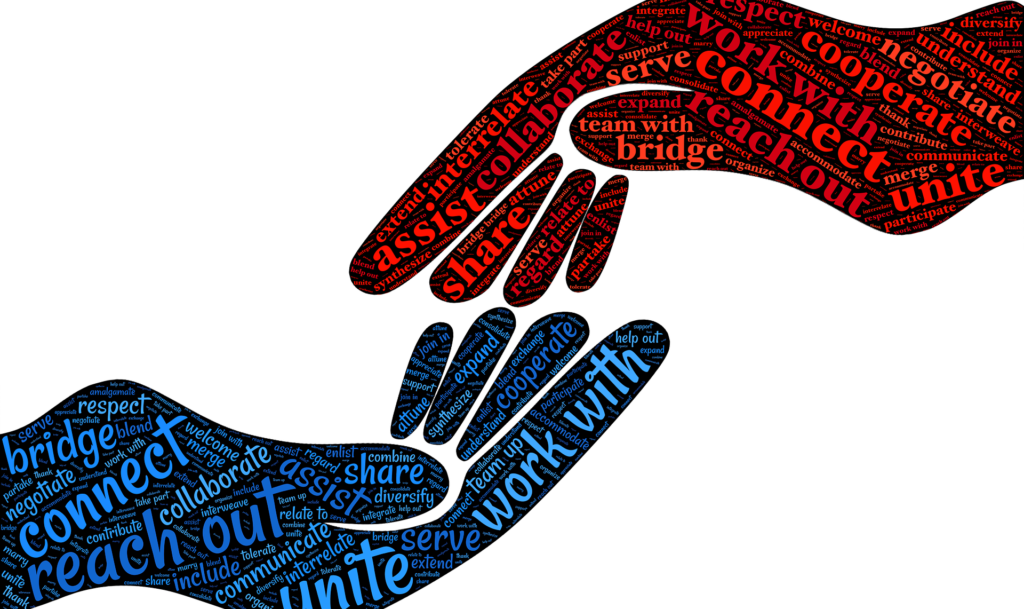From the Washington Post
What was lost when covid forced addiction support groups online — and what was gained
by Allyson Chiu
“I was really on solid ground in my recovery at that point, so I would say I wasn’t fearful for my own recovery, but it was quite jarring to me,” said Durham, 48, who is the corporate director of alumni relations at Pennsylvania-based Caron Treatment Centers, where she herself received treatment.
“As a person in long-term recovery, I never in a million years thought this could ever happen,” she added. “It never dawned on me, it never crossed my mind, and we were forced to pivot quickly, and we did.”

Church basements and other usual gathering spots were largely abandoned as community addiction support groups switched to virtual meetings, driven by concern that the estimated 22 million people in the United States in recovery from substance-use disorders — many of whom are also at an increased risk of developing a severe case of covid-19, the disease caused by the coronavirus — would be left without a critical resource as they navigated life amid increased isolation and stress.
But as Zoom meetings have become prolific, expanding access to these vital support systems, reception among addiction specialists and attendees has been mixed. For some, the virtual meetings are a lifeline that has helped them maintain their sobriety during a time when mental health issues, alcohol consumption and overdoses are on the rise. Others, however, say virtual platforms have not been able to fully replicate the close connections formed during in-person meetings.
“It’s a good alternative, but it’s not a perfect alternative, and it doesn’t fit for everyone,” said Gerry Schmidt, chief operations officer at Valley HealthCare System in West Virginia and former president of NAADAC, the Association for Addiction Professionals.
The explosion of virtual support group meetings mirrors the rapid shift to telehealth services among providers who work with those suffering from substance-use disorders. The change, which has been widely adopted by many mental health professionals, has given experts hope of reaching the roughly 90 percent of people who are not getting treatment even though they may meet the diagnostic criteria for substance-use disorder, said Deni Carise, chief science officer of Recovery Centers of America.
“This is our opportunity not just to make getting treatment easier for people, more frequent for people, more confidential, but also a time when we can reach that 90 percent of people,” Carise said.
But although it is likely that telehealth will continue to be part of addiction care even after the pandemic, Carise said she anticipates that “a vast majority” of community support groups will resume in-person meetings once it is safe.
“They will do that because that’s what we know has worked for so long,” she said.
One of the cornerstones of recovery is establishing connections with people going through similar experiences, and many have created those bonds through in-person support group meetings, Durham said.
“We don’t recover alone. We have to have each other,” she said. “This disease loves isolation, and we know all about loneliness and despair, and we can’t stay well in recovery if we’re not connecting with people.”
Continue reading full article.
